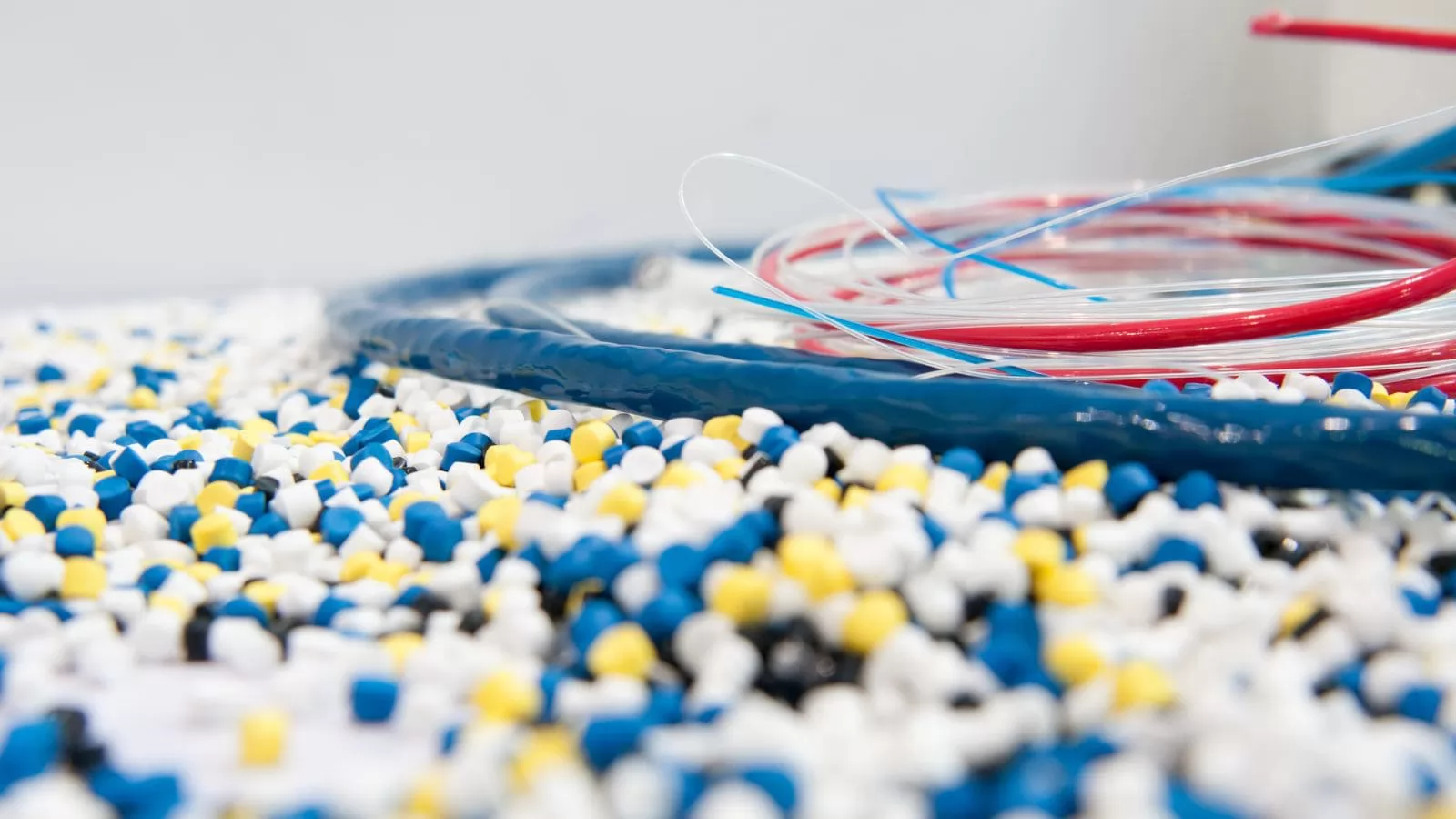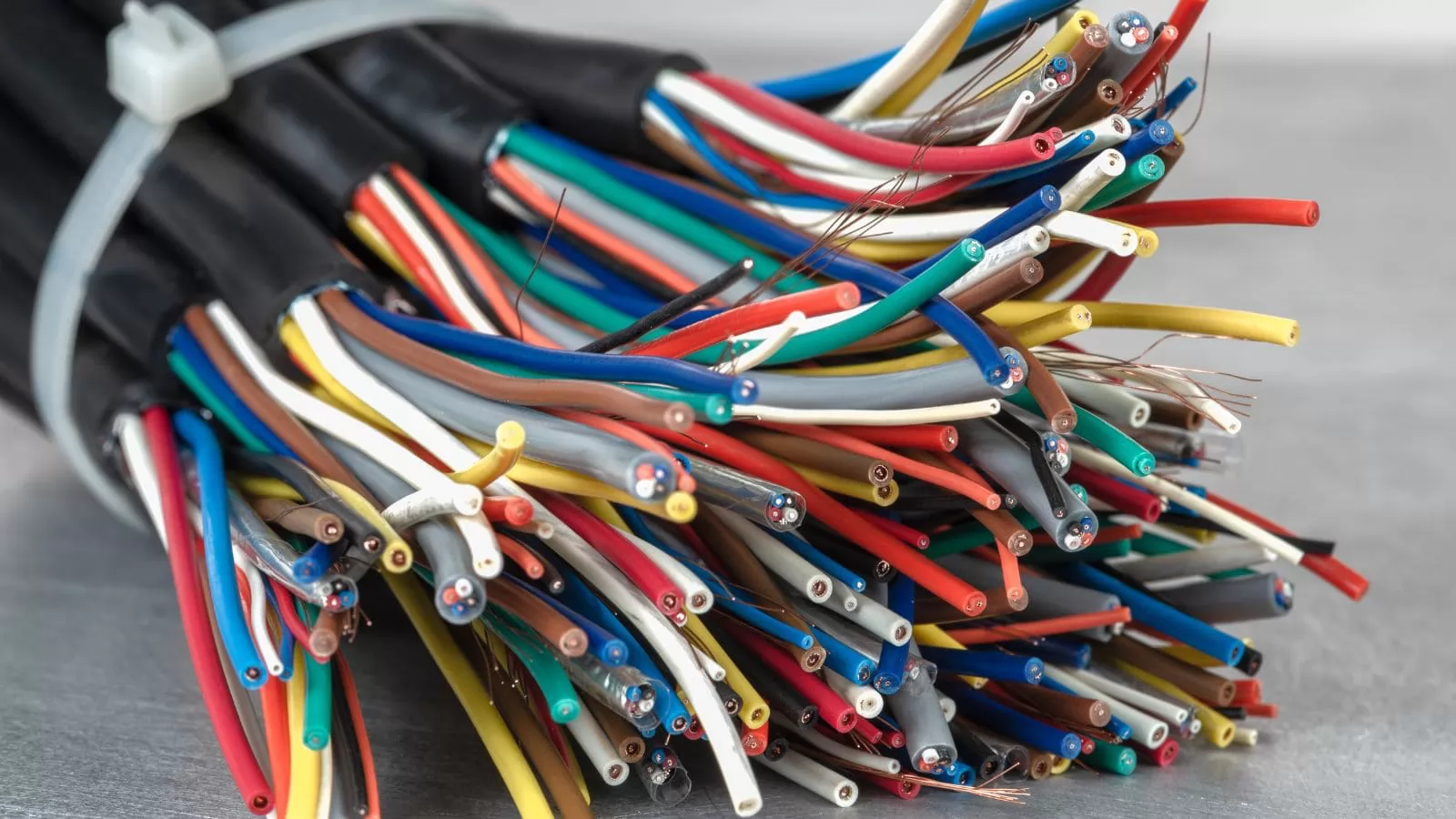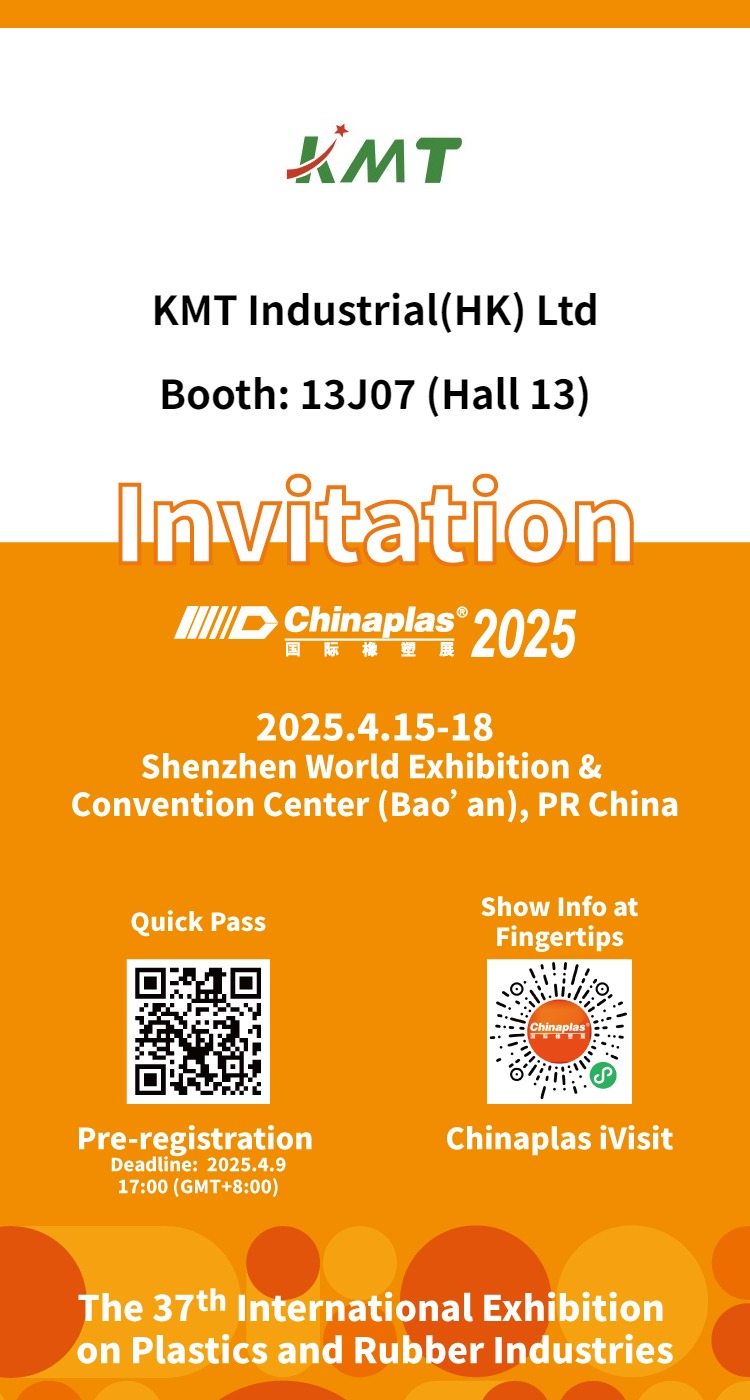


- Home
- About Us
-
Products
.png)
-
Application
.png)
-
Blog
.png)
- Contact us


Fix LSZH Cable Issues: Rough Surfaces, Slow Speeds Solved
_1742871744_WNo_1600d900.webp)
Flame Retardant Cable Materials: Common Problems and Solutions for LSZH/HFFR Compounds
Flame retardant magnesium hydroxide and aluminum hydroxide are essential components in manufacturing halogen-free flame retardant (HFFR) cable materials, widely utilized in the cable industry. With over a decade of experience supporting customers in this sector, we’ve addressed numerous challenges related to cable compound production and extrusion. This article summarizes the most frequent issues encountered and offers practical, expert-backed solutions to optimize your processes. Whether you’re working with Low Smoke Zero Halogen (LSZH) cable compounds or seeking to improve production efficiency, this guide aims to provide valuable insights.
Understanding LSZH, PE, and PVC Cable Compounds: Key Differences
Before diving into specific problems and solutions, it’s helpful to understand how LSZH (HFFR) cable compounds differ from polyethylene (PE) and polyvinyl chloride (PVC) compounds. These distinctions influence processing techniques and performance outcomes:
-
Mechanical Properties
-
LSZH compounds typically exhibit lower tensile strength and elongation at break compared to PVC and PE compounds.
-
They have a higher oxygen index than PVC, indicating better flame resistance, but their self-extinguishing ability is weaker due to the absence of halogens.
-
High levels of flame retardants increase the density of LSZH compounds.
-
-
Extrusion Process Differences
-
Shear Sensitivity: LSZH materials experience greater shear, requiring a specialized screw with a low compression ratio (1:1.1–1.5), especially for large-diameter extruders.
-
High Load: The process demands higher motor power due to increased current in the main machine.
-
Output and Speed: Glue output is lower, resulting in slower extrusion speeds.
-
Temperature Sensitivity: Excessive heat can cause surface air holes or defects at the cable’s cut edge.
-
These characteristics set the stage for understanding common production challenges and tailoring effective solutions.

Common Problems and Expert Solutions in LSZH/HFFR Cable Production
Below, we outline recurring issues in LSZH cable manufacturing, their potential causes, and proven solutions based on years of industry expertise.
Problem 1: Rough Cable Surface and Small Holes at Cut Sections
Possible Causes:
-
Moisture in Material: Damp compounds lead to surface imperfections.
-
Excessive Temperature: High heat causes flame retardant decomposition, creating air pockets.
Solutions:
-
Pre-Dry the Material: Use a blowing device to dry the compound for 2–3 hours at 70–80°C to remove moisture.
-
Adjust Temperature: Lower the screw speed or reduce the temperature of the extruder body and mold to prevent decomposition.
Problem 2: High Motor Current, Slow Production, or Screw Jamming
Possible Causes:
-
Incomplete Plasticization: Poor melting increases shear and frictional heat.
-
Excessive Back Pressure: Overloaded systems strain the extruder.
Solutions:
-
Increase Process Temperature: Raise the temperature, especially in the feeding zone, to improve melting.
-
Optimize Filter Setup: Use a smaller mesh filter screen or remove it entirely (along with the manifold) if feasible.
-
Adjust Screw Speed: Set the speed to maintain an appropriate current level for smooth operation.
-
Use a Low Compression Ratio Screw: This reduces shear stress and enhances flow.
Problem 3: Fluctuating Cable Outer Diameter During Extrusion
Possible Causes:
-
Unstable Extruder Discharge: Inconsistent material flow disrupts uniformity.
-
Traction Issues: Uneven pulling affects cable dimensions.
-
Core Diameter Variation: Fluctuations in the semi-finished core impact the final product.
Solutions:
-
Stabilize Extruder Output: Lower the extruder temperature or add a filter screen/shunt plate to ensure consistent thrust, provided host current and line speed permit.
-
Optimize Mold Matching: Select an appropriate mold core and sleeve for uniform extrusion.
-
Fix Traction System: Inspect and repair any instability in the traction mechanism.
-
Control Core Diameter: Monitor and standardize the outer diameter of semi-products in earlier stages.

Why This Matters for Your Cable Manufacturing Process
Addressing these challenges enhances product quality, reduces downtime, and improves overall efficiency in LSZH/HFFR cable production. By understanding the unique properties of halogen-free compounds and adapting your equipment and processes accordingly, you can achieve consistent, high-performing results.
Have additional insights or specific challenges to discuss? Feel free to reach out to our expert
Your Name*
Your Email*
-
2025-Mar-26MDH PM5SN vs. M5SM: Top Flame Retardant Showdown in EVA FormulasWhich magnesium hydroxide wins in EVA? Compare PM5SN vs. M5SM for flame retardancy, strength, and processing—expert results revealed!
-
2025-Mar-25Fix LSZH Cable Issues: Rough Surfaces, Slow Speeds SolvedRough LSZH cables or slow production? Get expert fixes from 10+ years in the industry. Improve HFFR efficiency today!
-
2025-Mar-17Top 10 Magnesium Hydroxide Manufacturers in 2025The top ten magnesium hydroxide manufacturers and suppliers leading the global market in 2025, the evaluation report is provided by the strongest ai model Grok3.


-

 +86-931-7653361
+86-931-7653361 Room 1212, 1213, Jinhe Building, No. 1264 Beibinhe West Road, Anning District, Lanzhou City, Gansu Province, China.
Room 1212, 1213, Jinhe Building, No. 1264 Beibinhe West Road, Anning District, Lanzhou City, Gansu Province, China. -
Quick Links
-
Products












